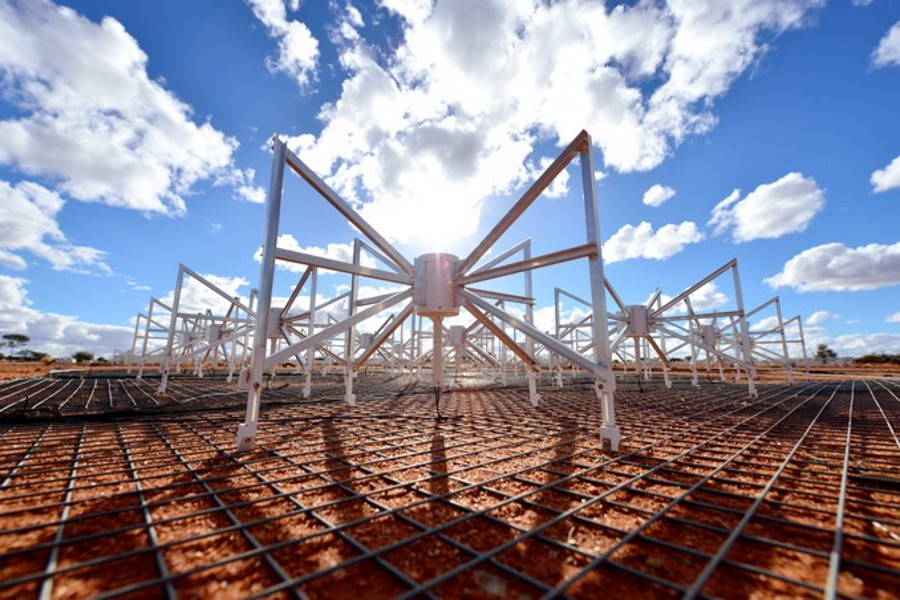A STUDY of more than 10 million star systems has failed to find any technological signatures of exoplanet life.
Australian astronomers used the Murchison Widefield Array (MWA) radio telescope to hunt for powerful radio emissions at low frequencies, such as FM, which may have indicated the presence of alien technology.
Working in the Western Australian outback, the team completed what is thought to be the “deepest and broadest search” of a section of the sky in the southern constellation of Vela.
Chenoa Tremblay, a researcher with Australia’s Commonwealth Scientific and Industrial Research Organisation (CSIRO), said: ““We found no technosignatures – no sign of intelligent life”.
“Since we can’t really assume how possible alien civilisations might utilise technology, we need to search in many different ways.
“Although there is a long way to go in the search for extraterrestrial intelligence, telescopes such as the MWA will continue to push the limits. We have to keep looking.”
The team used the MWA over a 17-house period in the frequency range 98-128 MHz in a supernova remnant in the Southern constellation of Vela.
They published their research paper in the Publications of the Astronomical Society of Australia.
In it, the researchers wrote: “Our results clearly continue to demonstrate that searches for extraterrestrial intelligence (SETI) has a long way to go.”




